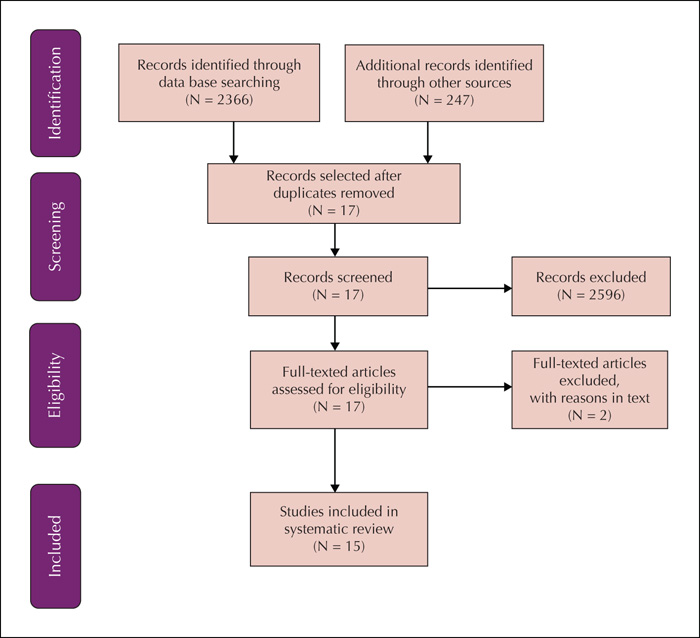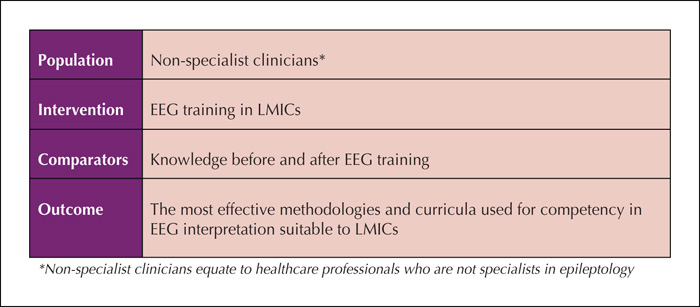Epileptic Disorders
MENUEvaluation of EEG training curricula for non-specialist clinicians: a systematic qualitative review Volume 23, issue 2, April 2021
- Key words: electroencephalography, EEG, curriculum, efficacy, education, teaching
- DOI : 10.1684/epd.2021.1270
- Page(s) : 203-17
- Published in: 2021
Objective. Neurologists and epileptologists are scarce in sub-Saharan Africa (SSA). Whilst electroencephalograms (EEGs) are becoming more available in the region, interpretation is typically undertaken by non-specialist clinicians with limited or no training. This is a systematic review of the peer-reviewed literature on EEG training of non-specialist clinicians worldwide, assessing the efficacy of the training methodology and the curricula content.
Methods.The published literature was searched for papers relating to EEG training of non-specialist clinicians worldwide (1/01/1989-30/06/2020). All regions of the world were included and assessed for content on efficacy of curricula and potential adaptability or applicability to resource-poor settings. The grey literature was searched using ProQuest and Primo databases and references from review articles. The websites of the International League Against Epilepsy, International Federation of Clinical Neurophysiologist, American Academy of Neurology and World Federation of Neurology were reviewed for reports (non-peer reviewed) which described roll-out and impact of novel EEG training curricula.
Results.There was limited data. From 2,613 articles, 15 complied with the study question. Ten studies were performed on cross-speciality clinicians, four on neurology registrars and one on a combination of healthcare workers. There was diversity of curricula models used. The studies themselves lacked consistency and directness. A few training programs were trialled in low-middle-income countries (LMICs) and paediatric training was included in only two. An ideal training curriculum was not evident nor evaluated for resource-poor settings. However, diverse teaching models were reported and set the foundations for further development of EEG training curricula for non-specialist clinicians.
Significance. There is a lack of access to education in EEG training and interpretation for non-specialist clinicians in LMICs. Existing models need to be expanded or adapted and evaluated for this population group.



